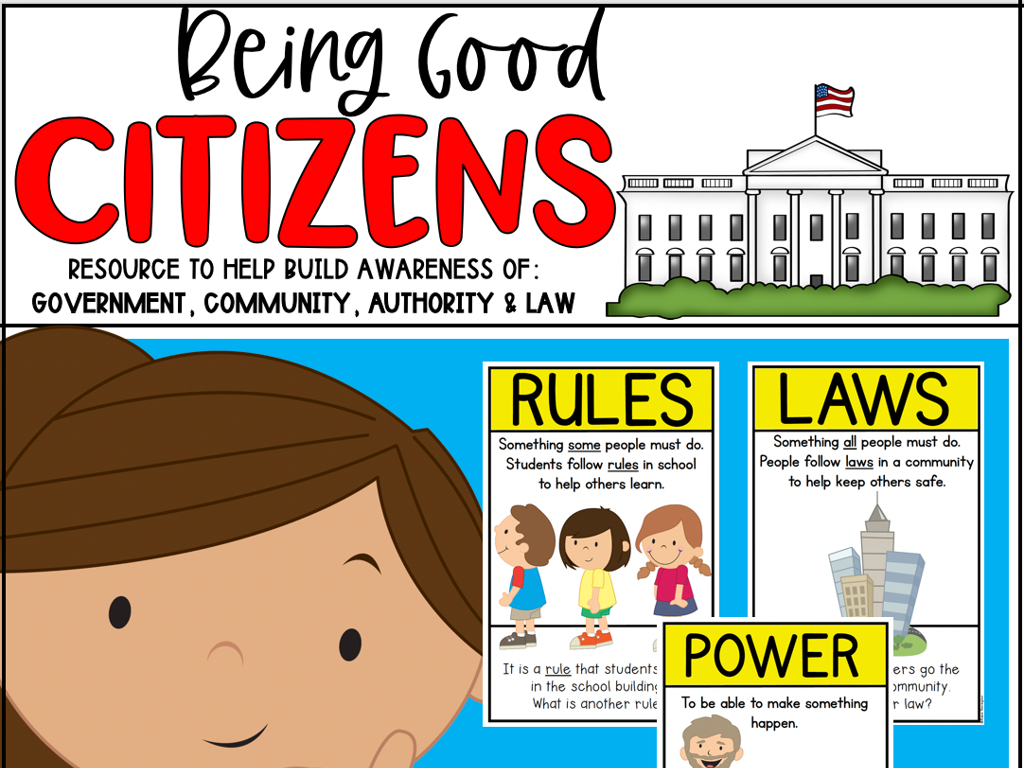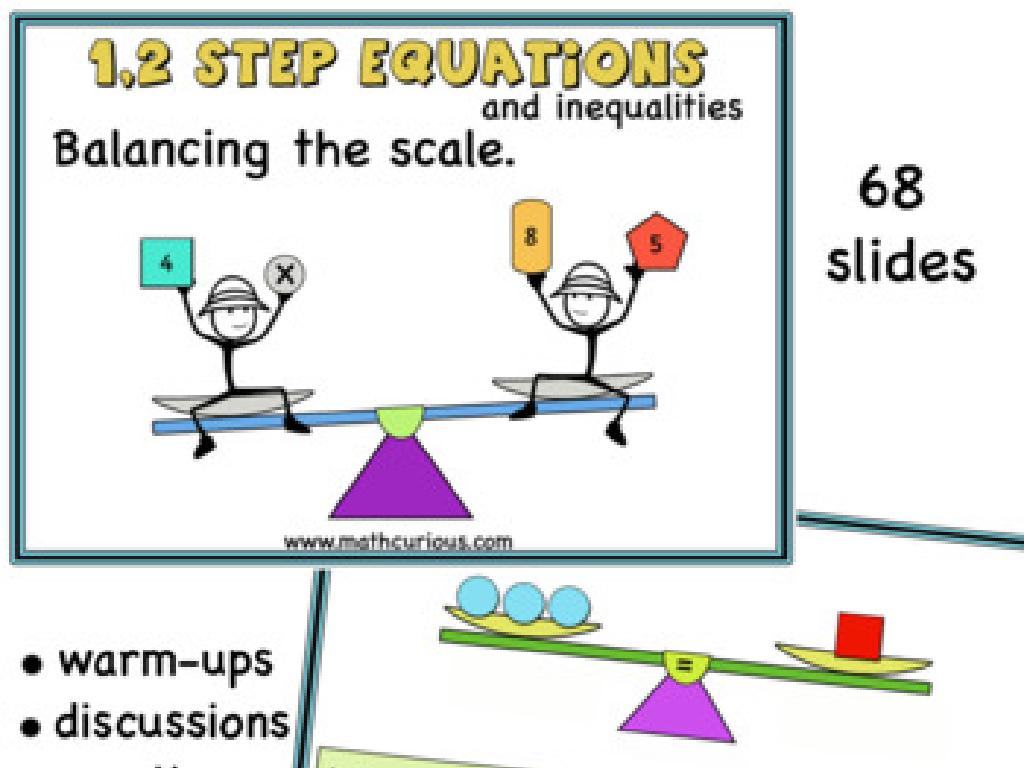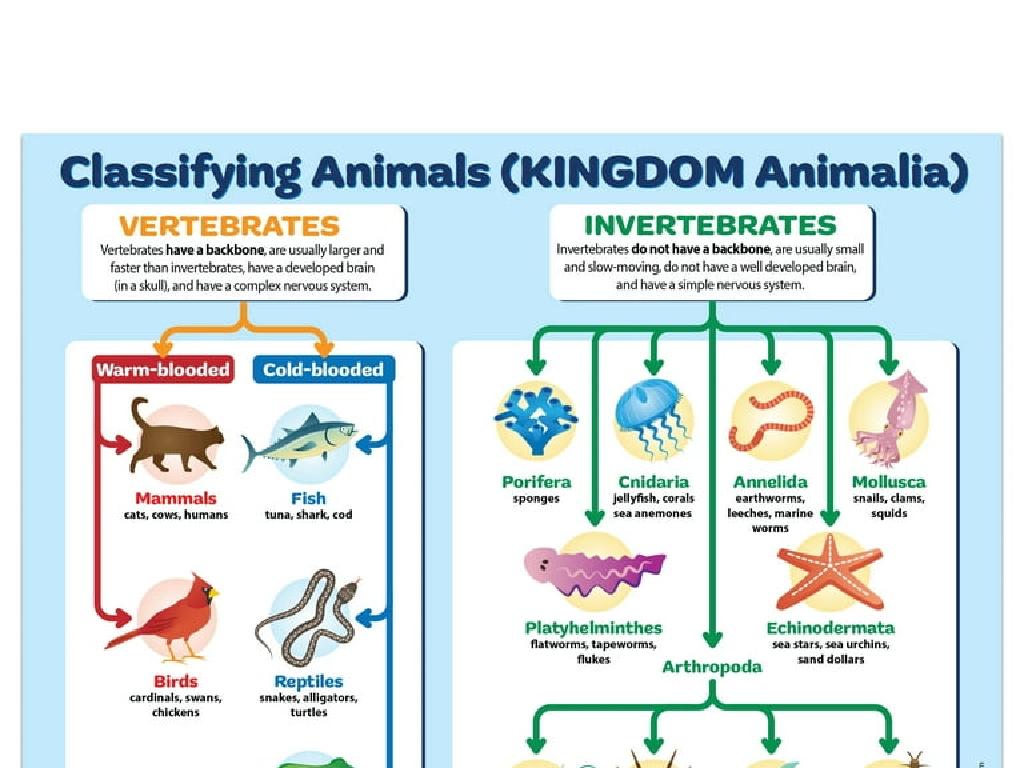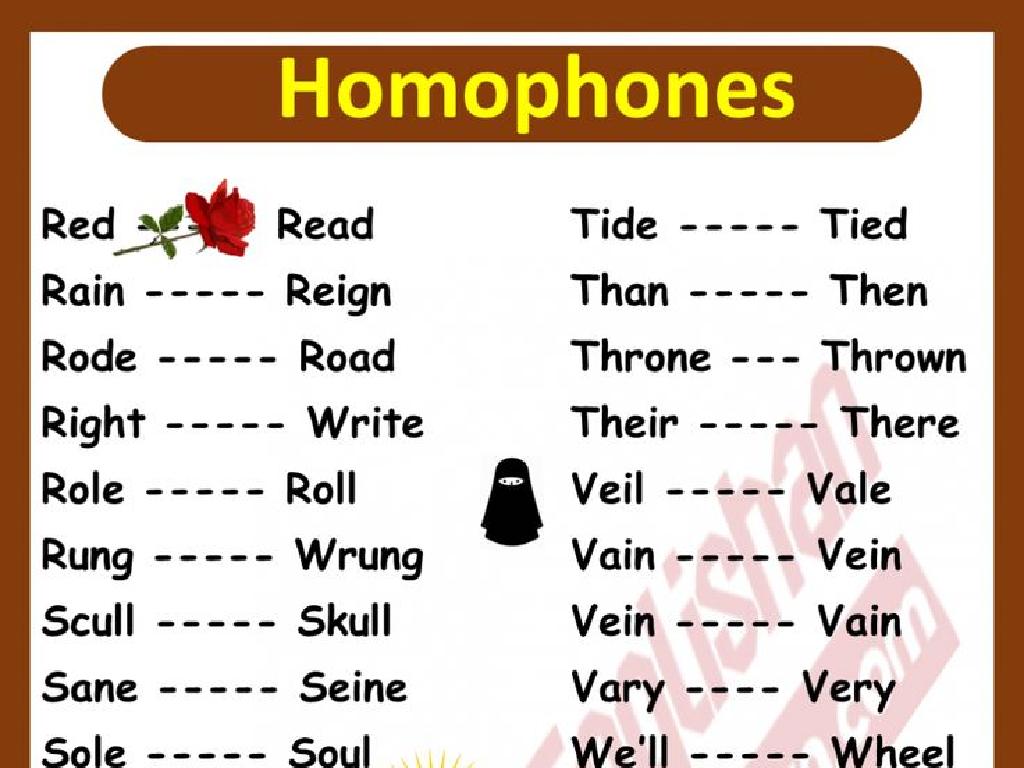Introduction To Earth'S Land Features
Subject: Social studies
Grade: Second grade
Topic: Geography
Please LOG IN to download the presentation. Access is available to registered users only.
View More Content
Exploring Earth’s Land Features
– Our planet’s diverse surface
– Types of land features
– Mountains, valleys, plains, and deserts
– Importance of land features
– They shape climates and habitats
– Land features and our lives
– How we live, work, and play on land
|
This slide introduces second-grade students to the concept of Earth’s land features in their Geography class. Begin by explaining that our planet has a variety of surfaces, from high mountains to flat plains. Discuss different types of land features such as mountains, valleys, plains, and deserts, and show pictures to help students visualize them. Explain how these features are important because they affect weather patterns, create habitats for animals, and provide resources for humans. Highlight how different land features influence the way we live, including where we can build homes, grow food, and how we can enjoy nature. Encourage students to think about the land features near their own community and how it affects their daily lives.
Exploring Geography: Earth’s Land Features
– What is Geography?
– It’s the study of our planet, including different places and the people who live there.
– Geography shows us Earth’s landscapes
– Mountains, valleys, and plains are part of Earth’s landscapes.
– It explains environments and relationships
– Geography looks at how people interact with natural surroundings like forests and rivers.
– Helps us understand location and history
– We learn why things are where they are, like why cities are near rivers.
|
This slide introduces the concept of geography to second graders, emphasizing its importance in understanding the Earth’s land features. Geography is not just about maps; it’s about the relationship between people and the environment. It helps us to know where things are, like oceans and mountains, and how they came to be, which is essential for understanding the world we live in. Use simple examples to illustrate these points, such as how a playground is part of their local geography. Encourage students to think about their own environment and how it might be different from other places around the world.
Exploring Earth’s Land Features
– Mountains: Earth’s natural skyscrapers
– Tall and rocky, often with snow at the top like the Rockies
– Valleys: Spaces between mountains
– Low areas where rivers may flow and animals rest
– Plains: Vast flat stretches of land
– Great for farming, like the Great Plains in the U.S.
|
This slide introduces students to the basic types of land features they can find on Earth. Mountains are described as large, towering landforms, often capped with snow, like the famous Rocky Mountains. Valleys are explained as the lower areas found between hills or mountains, often with rivers running through them, which can be a habitat for various wildlife. Plains are introduced as large, flat, or gently rolling lands, which are typically good for growing crops and are exemplified by the Great Plains in the United States. Use this slide to help students visualize and understand the diversity of the Earth’s surface. Encourage them to think of these features in the context of their local geography and any places they may have visited.
Exploring Mountains
– Mountains are very tall and rocky
– They have steep sides and high peaks
– Formed by Earth’s crust movements
– When Earth’s plates push together, mountains can form
– Example: The Rocky Mountains
– A famous mountain range in North America
|
This slide introduces students to the concept of mountains as a significant land feature on Earth. Begin by describing the physical characteristics of mountains, emphasizing their height and rocky nature. Explain that mountains are formed by the movements of the Earth’s crust, specifically when tectonic plates collide and push upwards. Use the Rocky Mountains as a concrete example to help students visualize and understand the concept. Encourage students to think about mountains they may have seen or heard about and share their experiences. The goal is to build a foundational understanding of the different types of landforms found on our planet.
Exploring Valleys
– Valleys are low areas
– Like a big dip on Earth’s surface
– Often carved by rivers
– Rivers flow, cutting into the land
– Found between mountains
– Mountains stand tall on either side
– Example: The Grand Canyon
– The Grand Canyon is a famous valley
|
Valleys are one of Earth’s most beautiful land features, often appearing as vast dips or trenches on the planet’s surface. They are usually formed by the movement and erosion caused by rivers. Valleys are typically located between mountains, creating a stunning contrast in the landscape. The Grand Canyon, carved by the Colorado River, is a prime example of a valley and demonstrates the power of natural forces over time. When discussing valleys, use images of the Grand Canyon to help students visualize the concept. Encourage them to think about valleys they may have seen or visited and to consider how these features impact the environment and human activities.
Exploring Plains
– Plains are wide, flat lands
– Imagine a big, open field where you can run and play!
– Great for farming and homes
– It’s easy to grow food and build on flat land.
– The Great Plains as an example
– A huge area in the USA known for its flat lands.
|
This slide introduces students to the concept of plains as a type of Earth’s land feature. Explain that plains are large stretches of flat land, which can be found all over the world. They are often used for farming because they have rich soil and are easier to plant crops on than hilly or mountainous areas. Plains are also good places for building homes and communities because the land doesn’t need to be leveled. Use the Great Plains in the United States as a relatable example, describing its vastness and importance to agriculture. Encourage students to think about how living on a plain might be different from living in a hilly or mountainous area.
Exploring Islands and Peninsulas
– What is an Island?
– Land completely surrounded by water
– What is a Peninsula?
– Land with water on three sides
– Example: Hawaii
– An island example in the Pacific Ocean
– Example: Florida
– A peninsula in the southeastern U.S.
|
This slide introduces the concepts of islands and peninsulas, which are key land features in geography. An island is defined as a piece of land that is completely surrounded by water, making it an interesting place to live or visit. A peninsula is similar but is only surrounded by water on three sides, often leading to unique ecosystems and climates. Use examples like Hawaii for islands and Florida for peninsulas to give students a concrete understanding of these terms. Encourage students to think of these places and how their geography might affect the way people live there. In the next class, we can discuss more examples and perhaps have students draw their own islands and peninsulas.
Exploring Deserts and Forests
– Deserts: Not much rain
– Deserts are really dry and sandy places.
– Forests: Trees and animals
– Forests are like big outdoor homes for creatures.
– Sahara: A vast desert
– Sahara Desert is huge and very hot.
– Amazon: A dense forest
– Amazon Rainforest has lots of plants and animals.
|
This slide introduces students to two different types of Earth’s land features: deserts and forests. Deserts are characterized by their dry conditions and scarcity of rainfall, making them less hospitable for plants and animals. Forests, on the other hand, are rich in biodiversity with abundant trees and wildlife. Use the Sahara Desert and the Amazon Rainforest as specific examples to help students visualize and understand the contrast between these two ecosystems. Encourage students to think about what life would be like in each place and discuss the importance of these habitats to our planet.
Let’s Explore Land Features!
– Earth has many land features
– Mountains, valleys, plains, and deserts
– Each feature is unique
– Mountains are tall, valleys are low
– Features have different importance
– Forests give oxygen, mountains bring tourists
– We can learn about our planet
|
This slide introduces students to the concept of Earth’s diverse land features. Explain that land features are natural formations on the Earth’s surface, such as mountains, valleys, plains, and deserts. Each of these features has its own characteristics; for example, mountains are high and rocky, while valleys are low areas between hills or mountains. Discuss the importance of different features, like how forests are important for providing oxygen and mountains can attract tourists, which helps the economy. Encourage students to think about the land features near where they live and how they affect their lives. This will help them connect with the material and understand the relevance of geography to their everyday experiences.
Class Activity: Create Your Land Feature!
– Be a little geographer
– Create a land feature with clay
– Use clay or playdough to make a mountain, valley, or any landform
– Share your creation with the class
– Explain why it’s your favorite
– Tell us what you made and what makes it special to you
|
This activity is designed to engage students in a hands-on learning experience where they can apply their knowledge of Earth’s land features creatively. Provide a variety of clay or playdough for students to use and encourage them to think about the different land features they’ve learned about, such as mountains, valleys, rivers, and plains. As they create, they should consider what makes each feature unique. After the creation process, each student will have the opportunity to present their land feature to the class, explaining what it is and why they chose it. This will help reinforce their understanding of the material and allow them to practice their presentation skills. Possible variations of the activity could include working in pairs, creating an entire landscape, or even adding features like water to simulate lakes or rivers.





